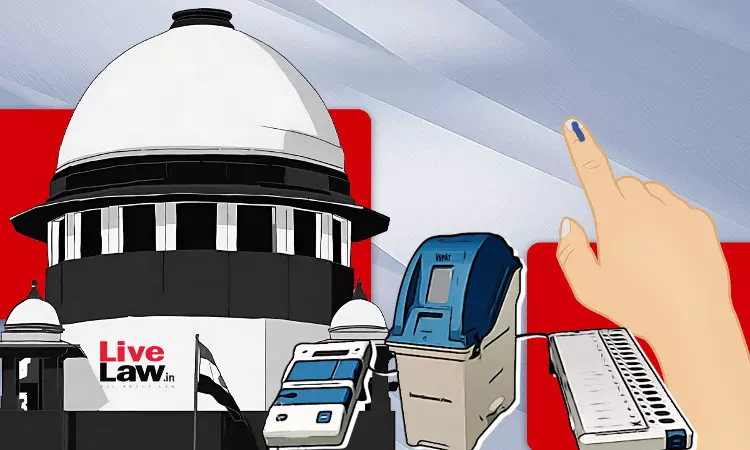EVMs Non-Tamperable, Demand For 100% VVPAT Verification ‘Regressive’: Election Commission Tells Supreme Court
Awstika Das
8 Sept 2023 2:06 PM IST

Next Story
8 Sept 2023 2:06 PM IST
Ahead of the 2024 Lok Sabha elections, the Election Commission of India (ECI) has staunchly defended electronic voting machines (EVM) as ‘non-tamperable’, both owing to technological measures and strict administrative and security procedures designed by the commission. In a recent affidavit filed in the Supreme Court, the commission has stated – “The electronic voting...
